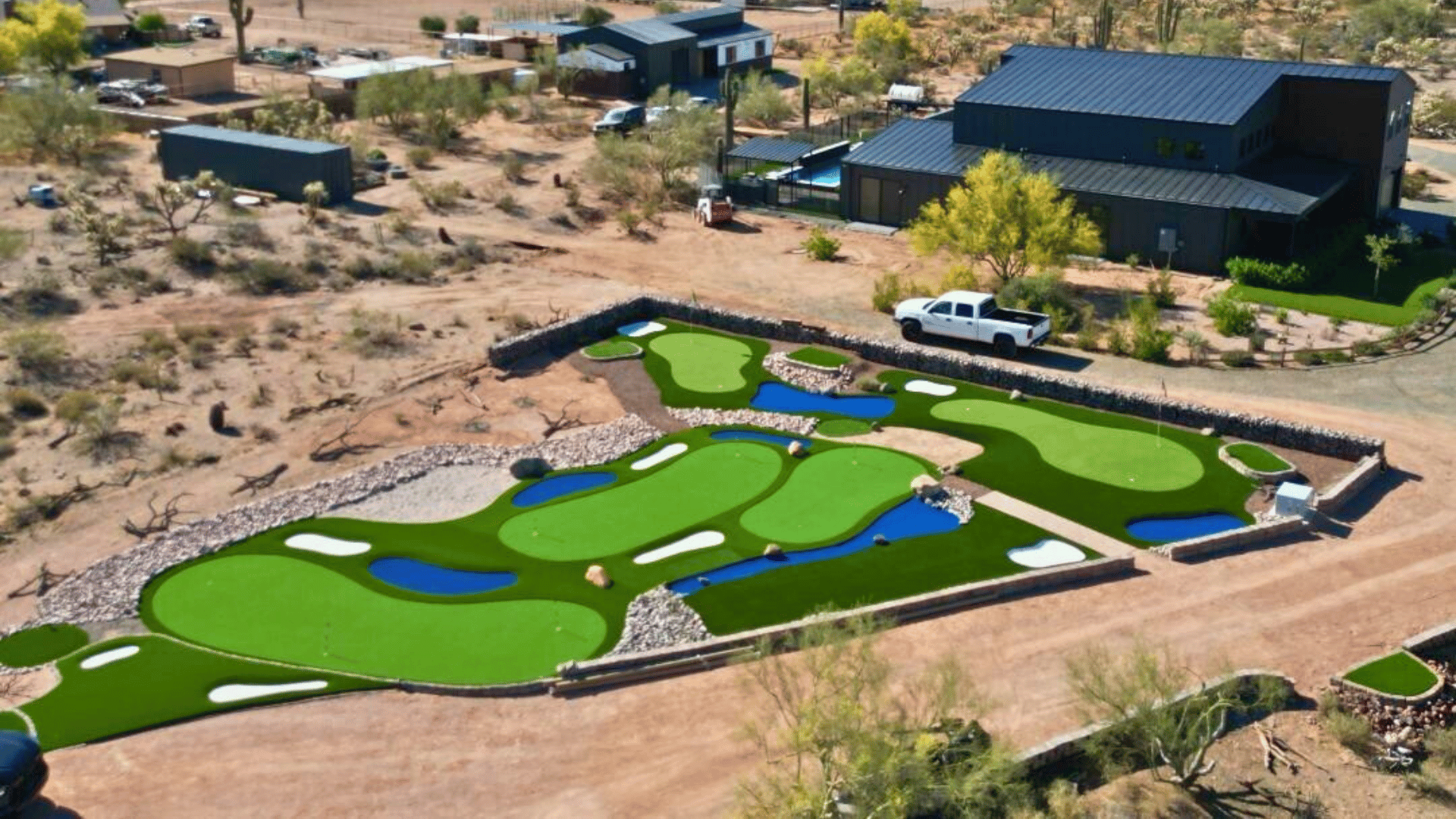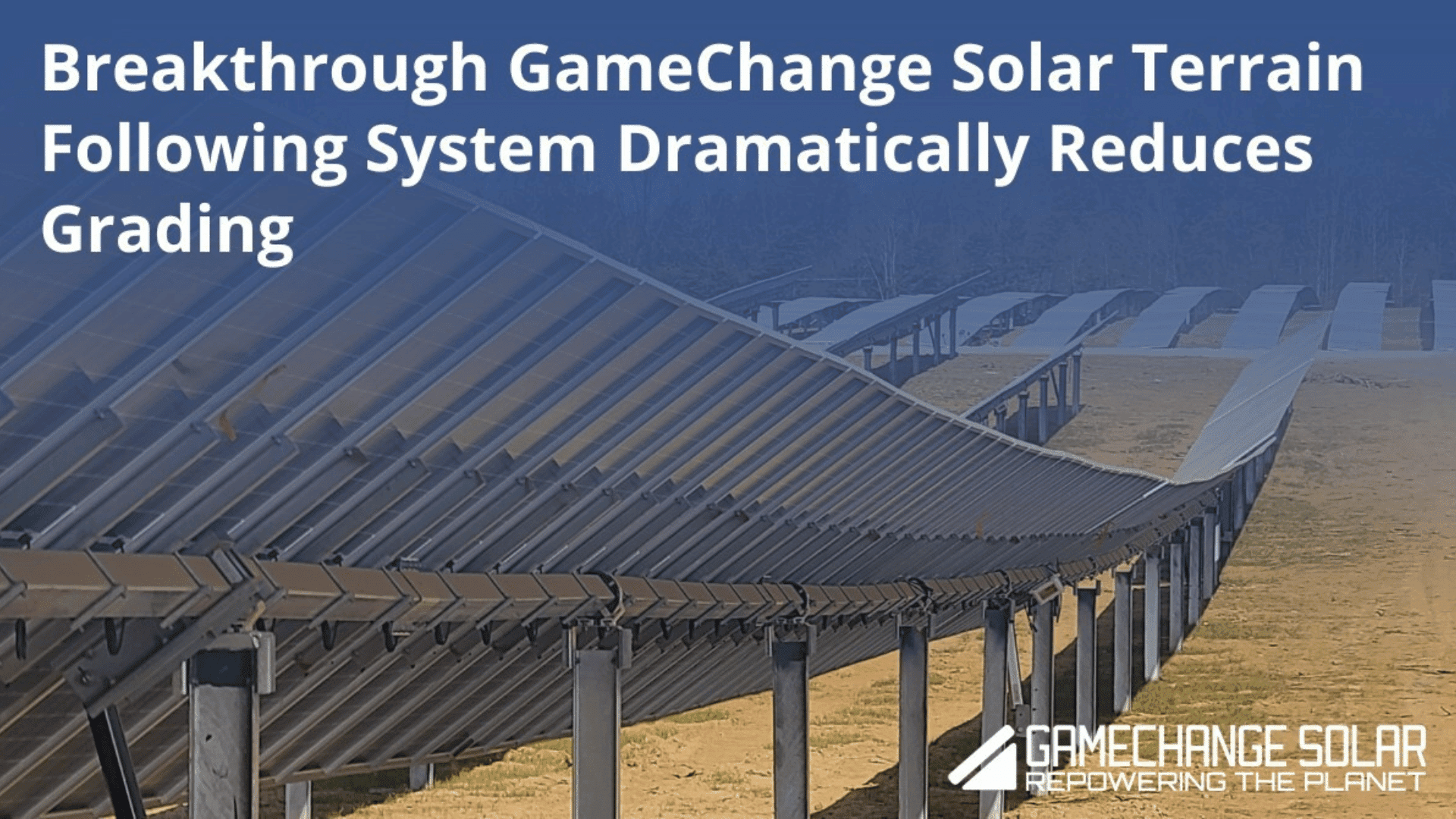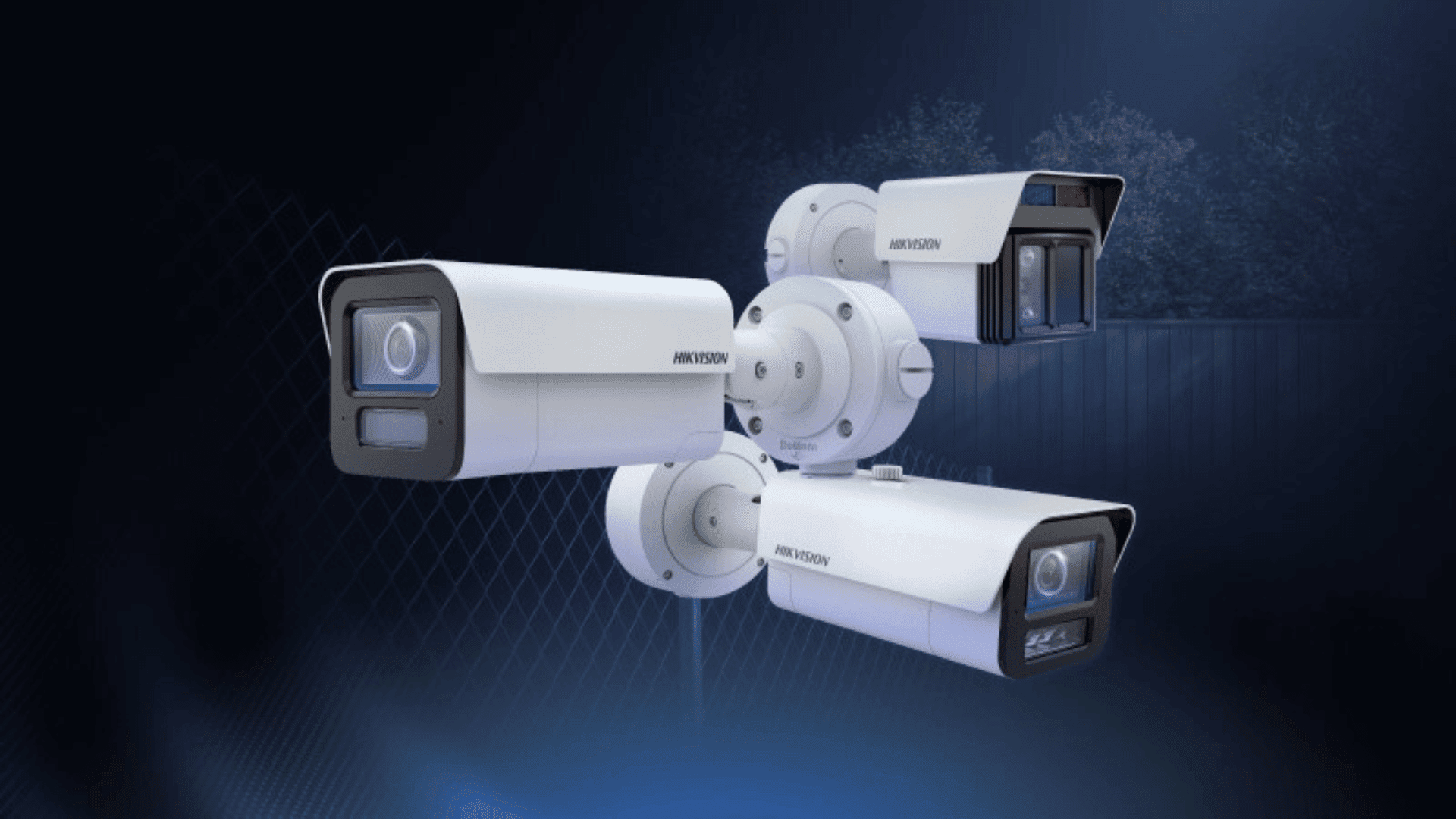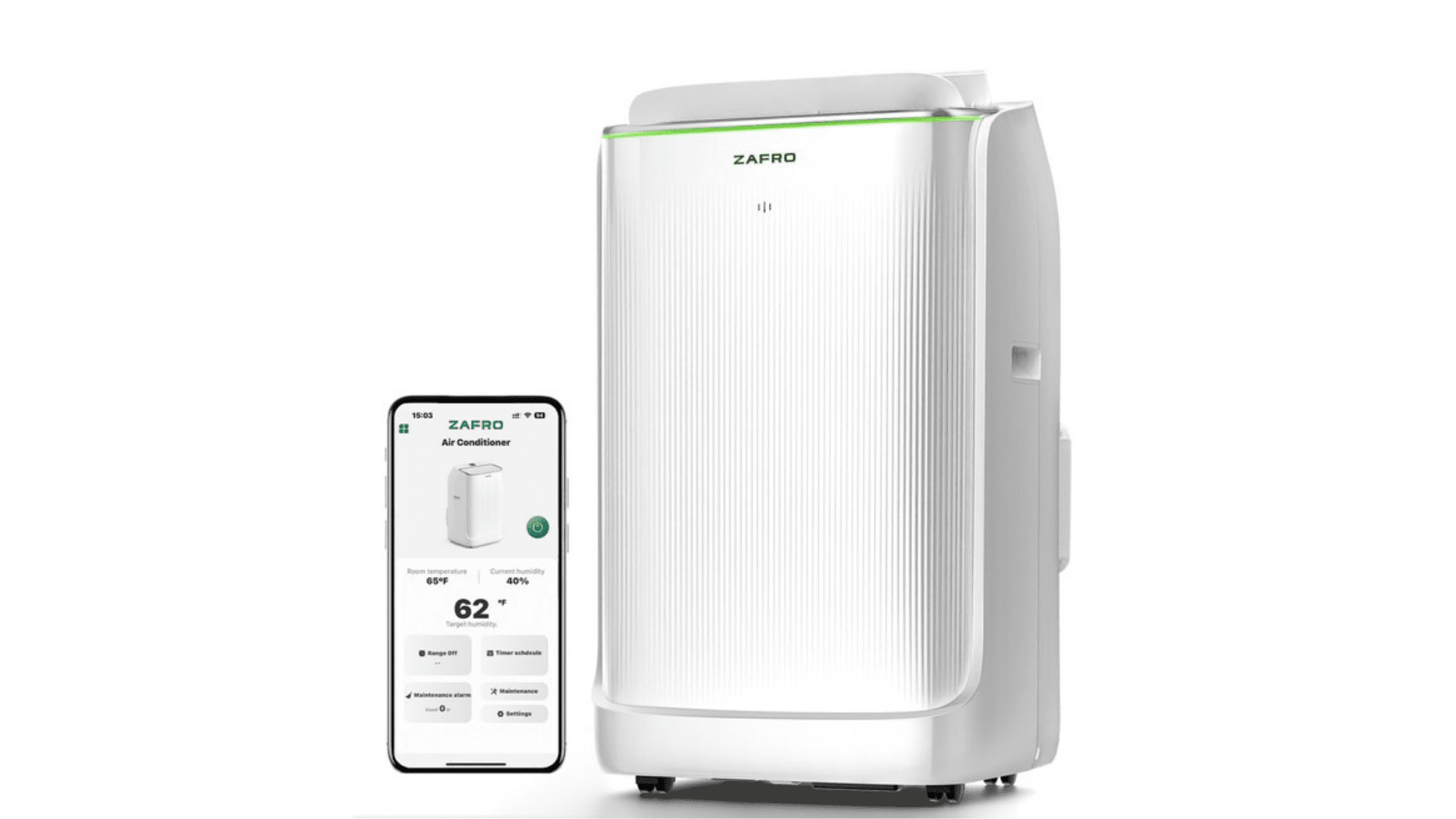All water is naturally recycled as a part of the hydrologic cycle. Human-made water recycling, on the other hand, is when wastewater is highly treated to be safely reused. This type of water recycling, also known as water reuse or water reclamation, reclaims water from a variety of sources and is used for many different beneficial purposes.
The water can come from places like domestic sewage, industrial wastewater, stormwater runoff, hydraulic fracturing, and more. After it is treated, some of this water can become potable drinking water. Other recycled water contains more total dissolved salts and nutrients, limiting its use for landscape irrigation, industrial processes, recreational water areas, gray water applications, groundwater recharge, and more.
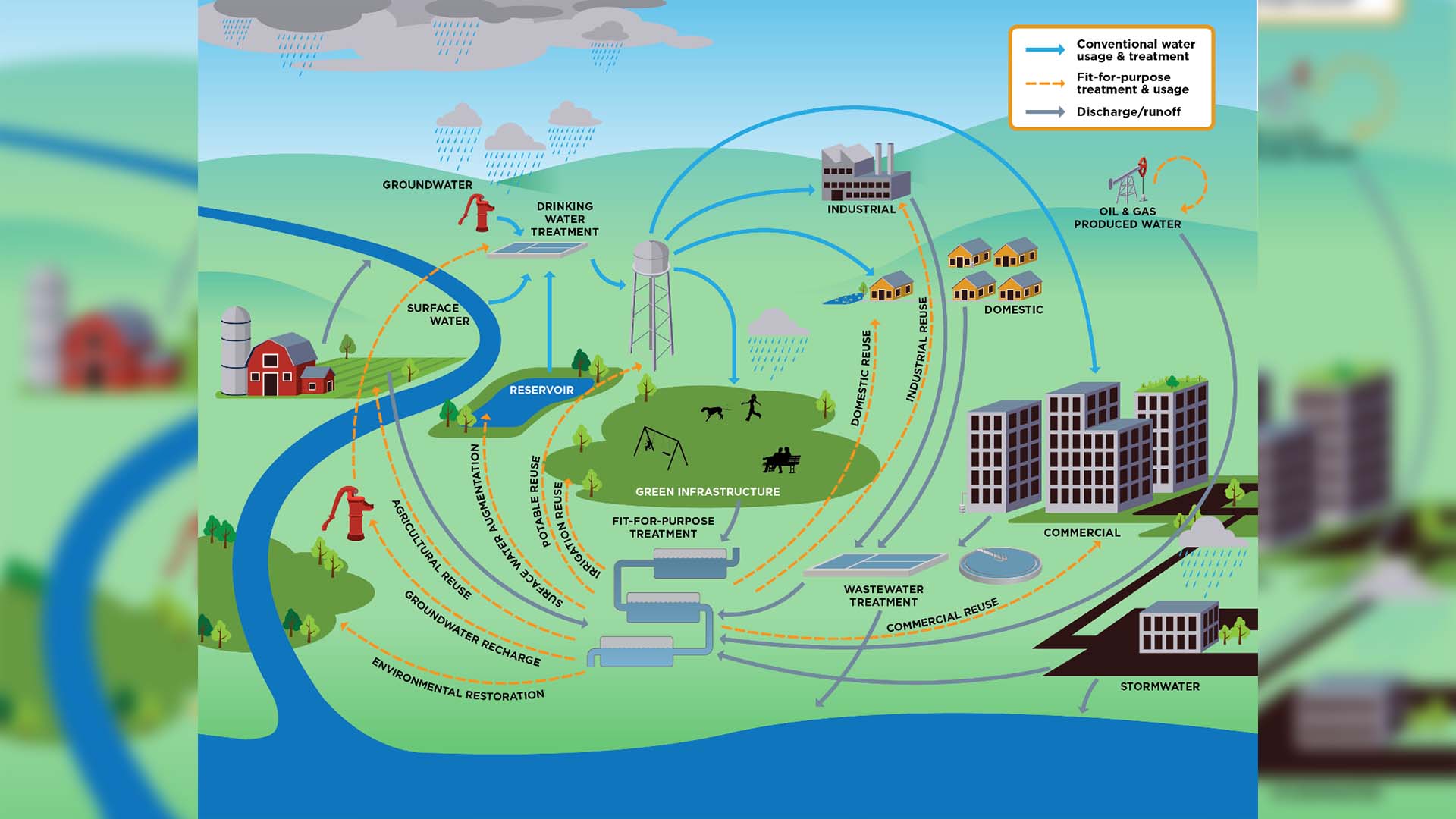
How Does Water Recycling Work?
The water recycling process varies depending on the water’s source, use, and delivery, but the water always goes through many treatment process steps. The first step of water recycling typically removes oil and large particles from the water. This is done with sand tanks, oil and water separation tanks, triple interceptor tanks, and more. Once oil and large solids have been removed, the water goes into process and filtration system tanks to remove the remaining particulate matter and sediment.
The wastewater is then treated, disinfected, and cleaned. The specific formulas, additives, and number of treatments used vary greatly depending on the water’s source, makeup, and intended use. This includes treatment technologies like ozonation, aerobic treatment, reverse osmosis, and advanced oxidation. If the water is being used for potable drinking water, it will also be sterilized and further purified.
Case Studies
California’s Goals
In California, about 10 percent of wastewater in municipal and industrial usage is currently recycled, recycling about 728,000 acre-feet of water per year. The State Water Resources Control Board has set a statewide goal of increasing the use of recycled water to 2.5 million acre-feet by 2030 by allowing recycled water to be introduced directly into drinking water systems.
Concurrently in California, Operation NEXT at the Los Angeles Department of Water and Power plans on upgrading the Hyperion Water Reclamation Plant so that it recycles 100 percent of its wastewater by 2035. This would produce enough purified water to sustain nearly a million households in LA.
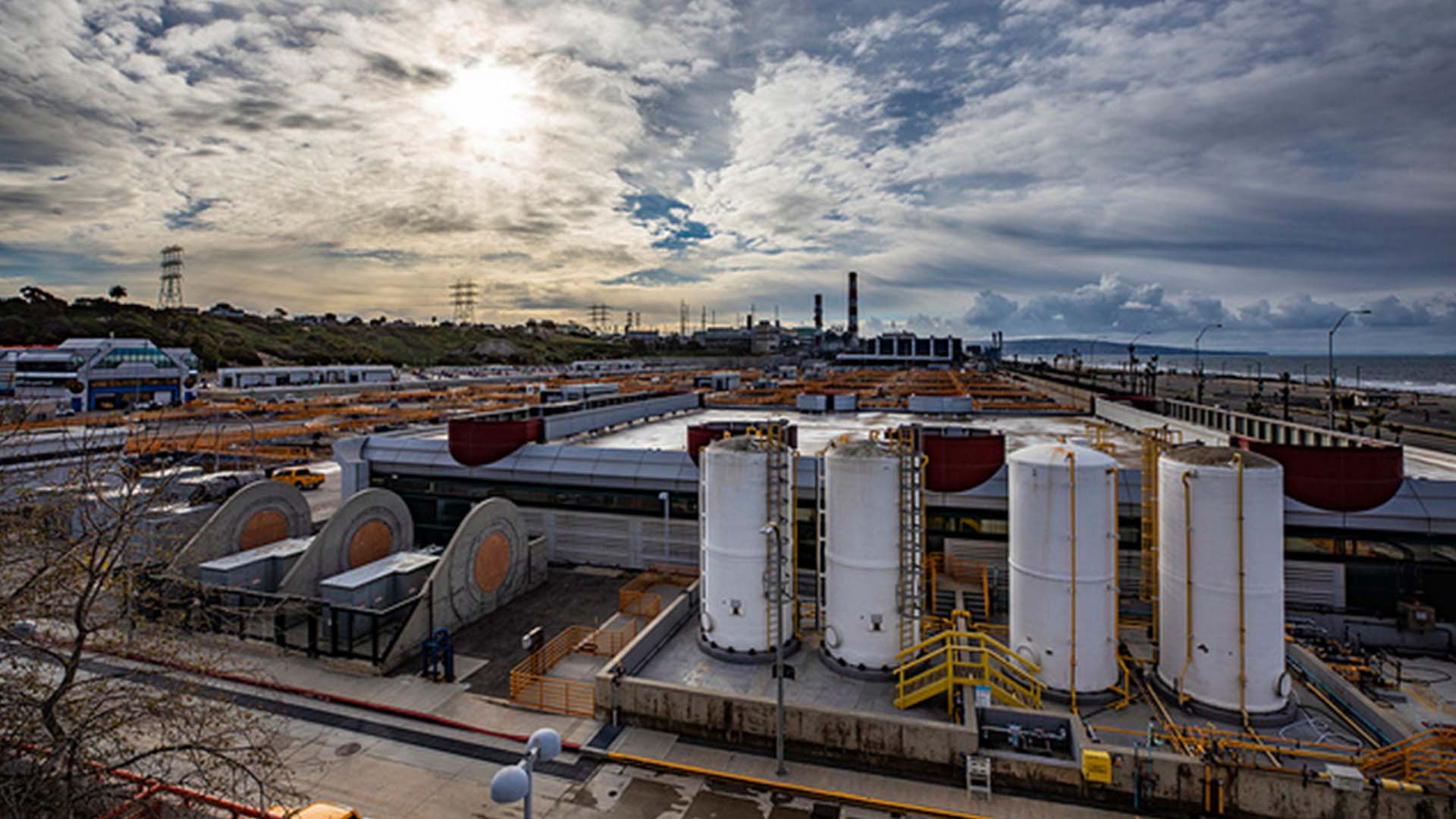
The Hyperion Water Reclamation Plant has been recycling water since the 1970s for nonpotable reuse. As Operation NEXT’s program manager, Rafael Villegas noted, “Our hydrologic cycle is going to get more unpredictable…We have to then start thinking, how do we become more efficient with the water that we do have?”
Potable Recycled Water For Western States
As a result of the recurring extreme droughts in the state, legislators in the US House of Representatives introduced a bill for the Secretary of the Interior to fund $750 million worth of water recycling projects in the 17 western states through the year 2027.
The construction of these facilities will recycle more of the wastewater that flows out of sinks, toilets, and showers, rather than having it pumped out to sea. The water would be treated, filtered and purified, pumped into underground aquifers, purified again, and then pumped out back to customers. The water will also be used for agricultural purposes.
Israel’s Success
Because of its arid climate, Israel has put a great deal of work into its water recycling efforts. With a focus on agricultural irrigation, about 90 percent of the country’s wastewater is recycled. The water recycling system also provides 25 percent of the country’s water.
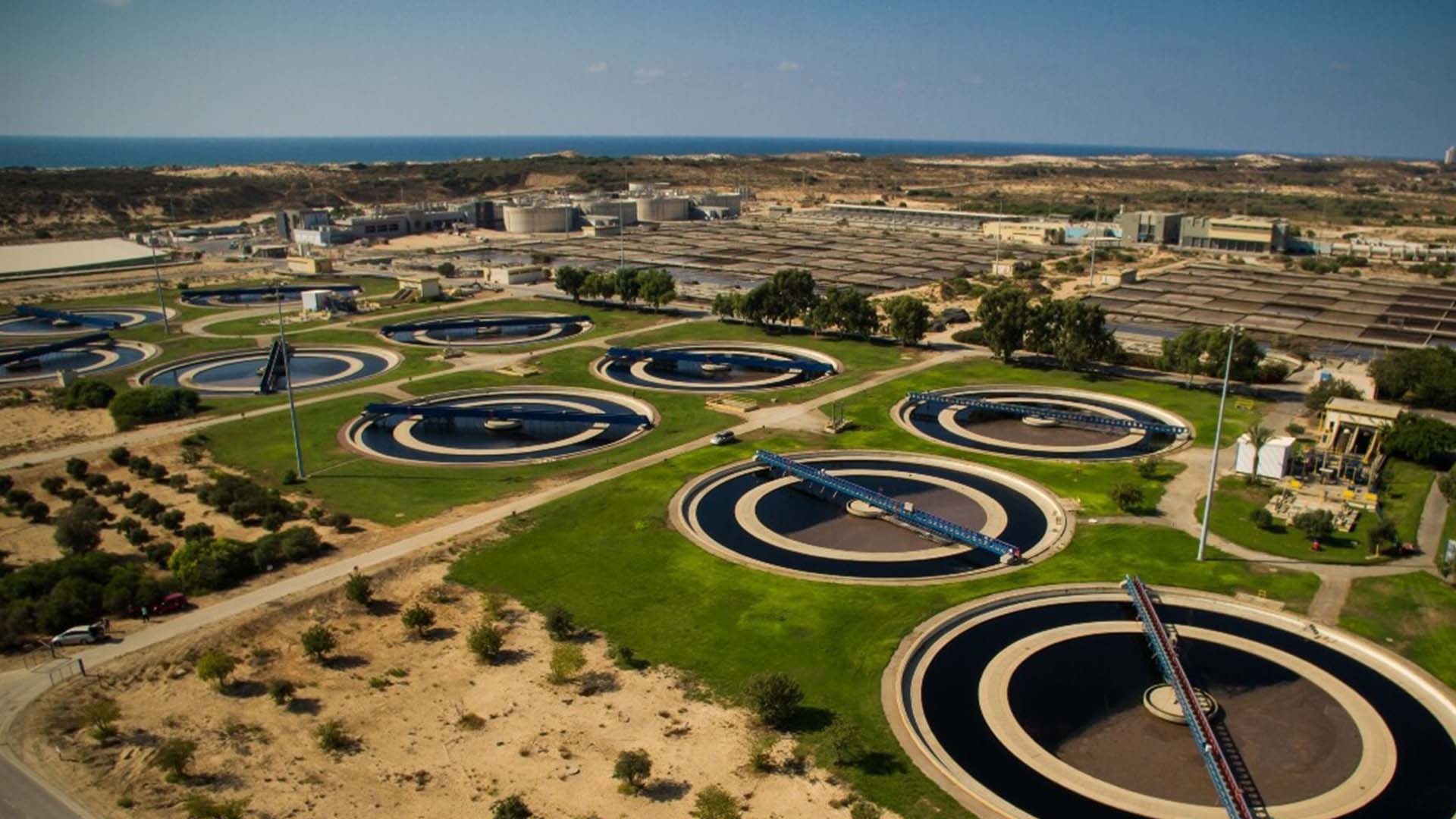
Israel’s largest facility, the Shafdan Wastewater Treatment Plant, treats 97 million GPD of municipal wastewater. The water is treated and given secondary biological and tertiary soil aquifer treatment before being transported by pipeline. The water then irrigates 60 percent of the Negev Desert’s agriculture.
Hydraulic Fracking Water Recycling
In early 2022, NGL Energy Partners and XRI Holdings partnered to advance a water recycling operation in the Permian Basin. One of the byproducts of hydraulic fracking is a great deal of produced water. This partnership will ensure that as much produced water as possible will not go to waste.
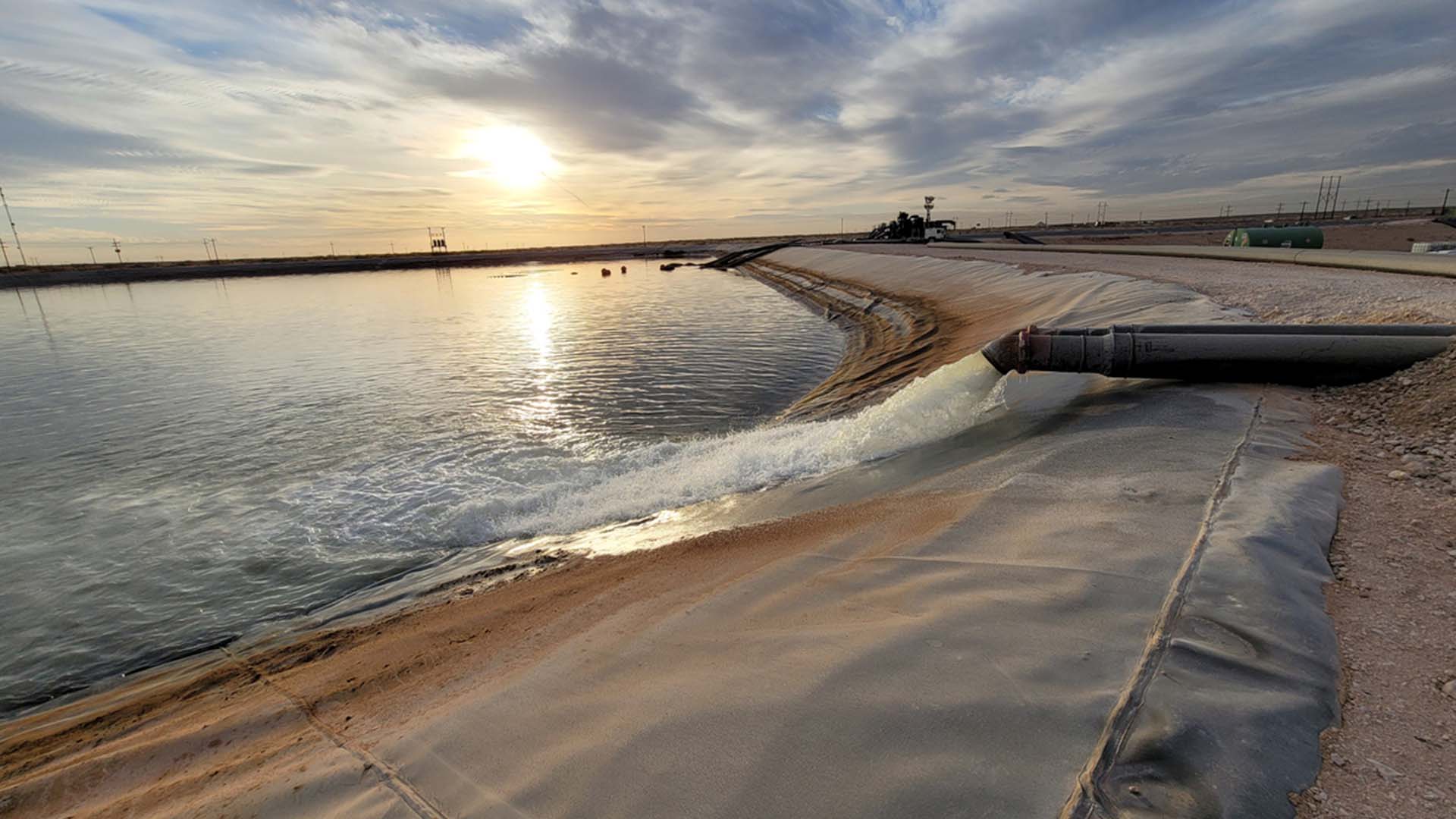
NGL’s large volumes of produced water combined with XRI’s specialized recycling expertise address the need for sustainable use of produced water. To find out more about NGL and XRI’s partnership and water recycling facilities, we visited the two companies in the Permian Basin. Check it out HERE.
For more water news, check out how low water revealed the Spanish Stonehenge, products that help you save water, and a drought-related art exhibition.



